The images that tell us what to buy, wear and use are omnipresent in American life, but it’s generally conceded that more needs to be done to make those images reflective of the overall population. By doing so, businesses can grow and reach more potential customers.
Modern America is progressively growing more diverse. Accordingly, business leaders increasingly recognize the value of diversity and inclusion across the spectrum of enterprise operations.
For instance, the acceptance of family compositions that do not conform to ethnic and gender norms is rising as more millennial couples enter parenthood. In fact, a recent poll reveals that 2 out of 5 surveyed millennial parents expressed that they’re more likely to patronize brands that feature diverse families in their advertisements. Also, 7 in 10 respondents have chosen not to patronize a service or good because a company’s principles did not align with their own.
The most powerful advertisement in the world is a service or product suggestion offered by a close associate, friend or family member. Nearly half of millennial parents in the survey expressed that they are more likely to share personal endorsements for services and goods sold by companies that promote diversity and inclusion.
In a world that is waking up to the value of inclusiveness, it’s more important than ever for advertisers to project an air of positivity. The following highlights 5 tips for improving inclusion in 21st-century advertising.
Tip 1: Dealing with Diversity Cyberbullying
A primary tenant of diversity and inclusion is that everyone feels safe in the workplace. Cyberbullying, however, is considerably present in today’s work environment and can undermine any progress made towards inclusiveness. Additionally, it can weaken morale and organizational performance.
The first step in eliminating workplace cyberbullying is to learn how to recognize the signs of this malicious act. This is especially important in a work landscape where 75-percent of American workers are affected by bullying. Also, if workers find themselves victims of cyberbullying, business leaders must encourage them to muster the fortitude to confidently confront their attackers and establish boundaries.
For safety’s sake, managers should instruct employees to first bring cyberbullying problems to the attention of a supervisor, or at least a trusted associate. Cyberbullying victims can also benefit greatly by networking with others who’ve experienced the same situation to learn how they dealt with the issue. At the very least, it’s advantageous for employees to talk about what they’re going through, rather than keeping their feelings bottled up and hidden.
Tip 2: Diversity in Advertising – It’s What America Wants
Today, the average consumer is well-informed. It’s not enough to carelessly create advertisements that feign diversity. To succeed in today’s marketplace, brands must create advertisements that offer realistic and culturally sensitive representation.
This presents a challenge for advertisers. In the modern workplace, men and women enter employment in nearly equal numbers. However, as their careers progress, men tend to reach higher heights on the corporate ladder, while female professionals’ careers remain largely stagnant. How can a brand or agency create advertisements that authentically and fairly represent typically underserved groups such as minority and LGBT families if they’re not a part of them? The answer is simple – they can’t.
Studies show that there’s a dire need for diversity and inclusion in the advertising industry. Until this happens, a lingering disconnect will remain between the people who create advertisements and the audiences that they hope to reach.
Tip 3: Promoting Greater Inclusion
Initially, promoting diversity and inclusion is an awkward and uncomfortable proposition. It’s difficult and sometimes risky, and if not done correctly, diversity and inclusion efforts can backfire horribly.
Still, there are times when the onus is on advertisers to foster diversity, rather than simply conform to societal norms. On these occasions, organizational leaders must make decisions with steadfast conviction.
As an example, the Coca-Cola Company has supported diversity and inclusion by hosting a women’s professional networking group since 2014. This and similar initiatives empower like-minded individuals to connect and develop ways to help combat conscious and unconscious bias in society.
Tip 4: Recruiting for Advertising Diversity
Research shows that diverse and inclusive talent pools are more creative, innovative and effective. Experts express that this is because people from varying backgrounds bring new ideas to the table, rather than rehashing the same antiquated concepts. Business leaders can promote diversity and inclusion by openly stating their commitment in materials such as press releases and even including a statement regarding inclusiveness in the company mission statement.
Accordingly, hiring managers should seek out candidates from diverse backgrounds to empower their talent pool with a wealth of perspectives. Furthermore, business leaders should make sure that new hires have time to get to know existing employees to nurture a workplace where everyone feels welcome.
Tip 5: Education Creates New Paths Forward
Among the LGBTQ community – depression, weak or nonexistent support networks and other negative influences lead to higher rates of depression and suicide. According to a survey conducted by the Harvard T.H. Chan School of Public Health, more than half of surveyed LGBTQ survey respondents recount discrimination because of their orientation.
Education is the key to reversing this unfortunate trend. In this spirit, the U.S. Department of Education has mandated that all schools allow Gay-Straight Alliance (GSA) clubs since 2011.
Ultimately, awareness and education are the drivers of inclusion and diversity. As individuals learn more about each other, they typically learn that they have more in common with people from different backgrounds than they might have imagined.
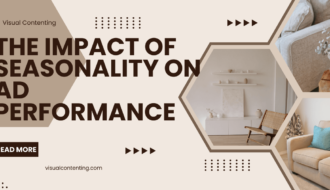

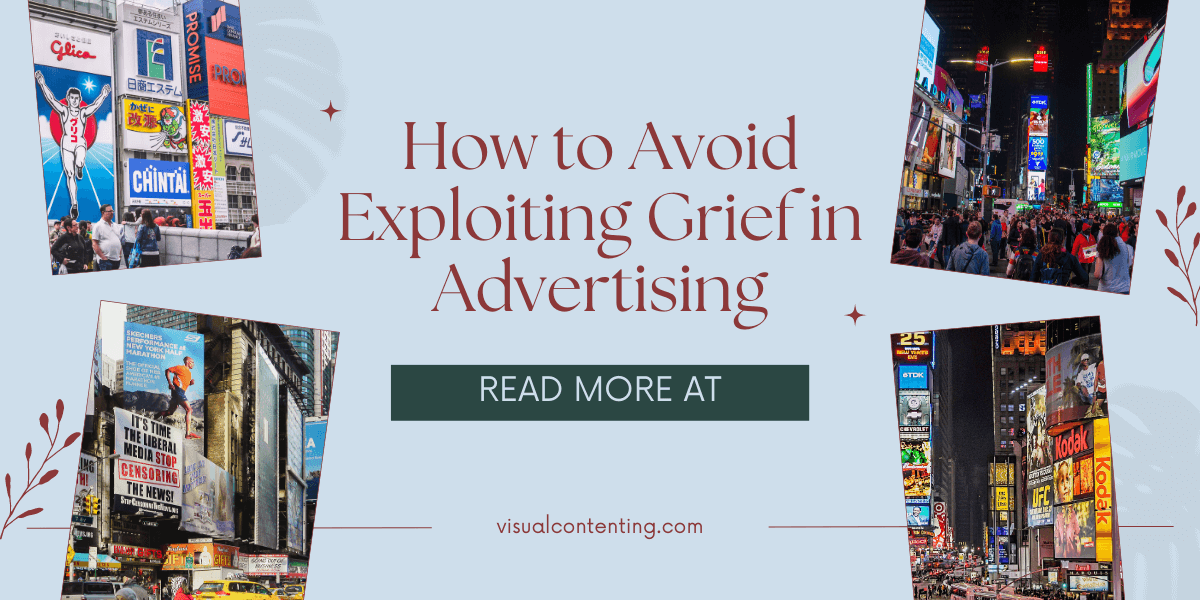
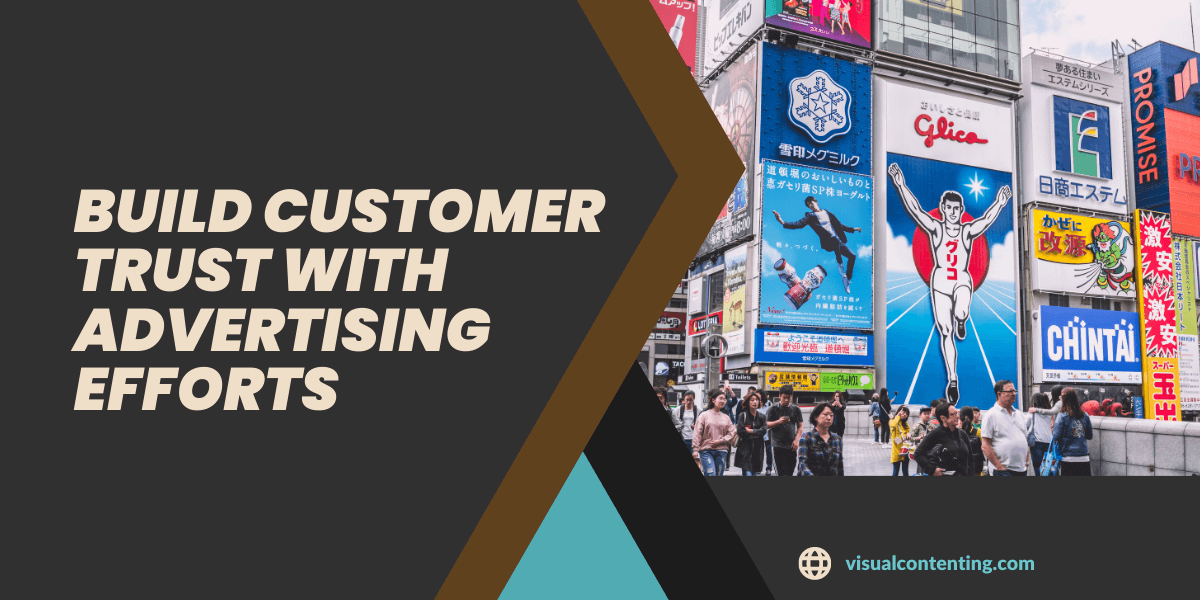
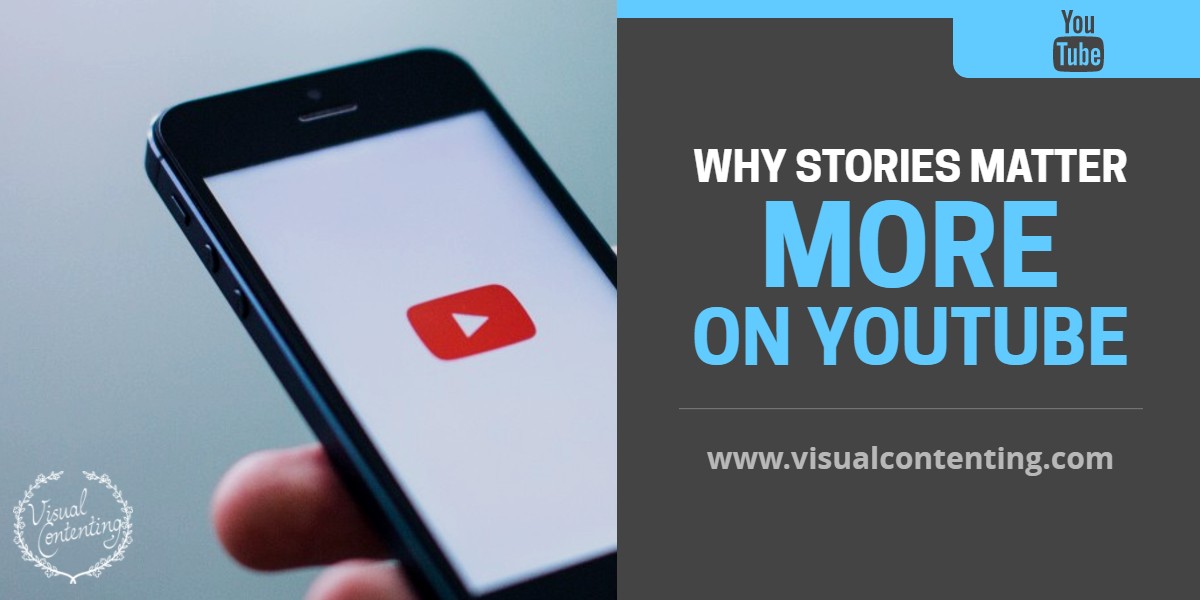
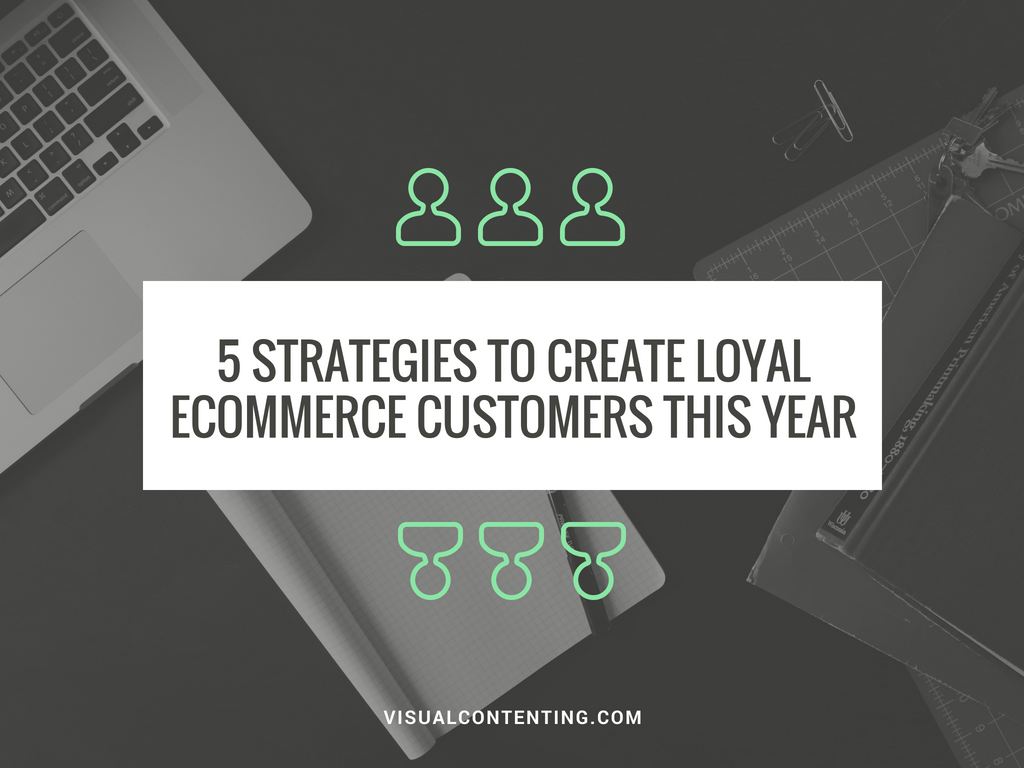

[…] 5 Tips for Improving Inclusion in 21st Century Advertising […]